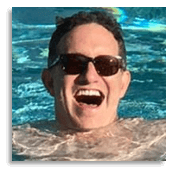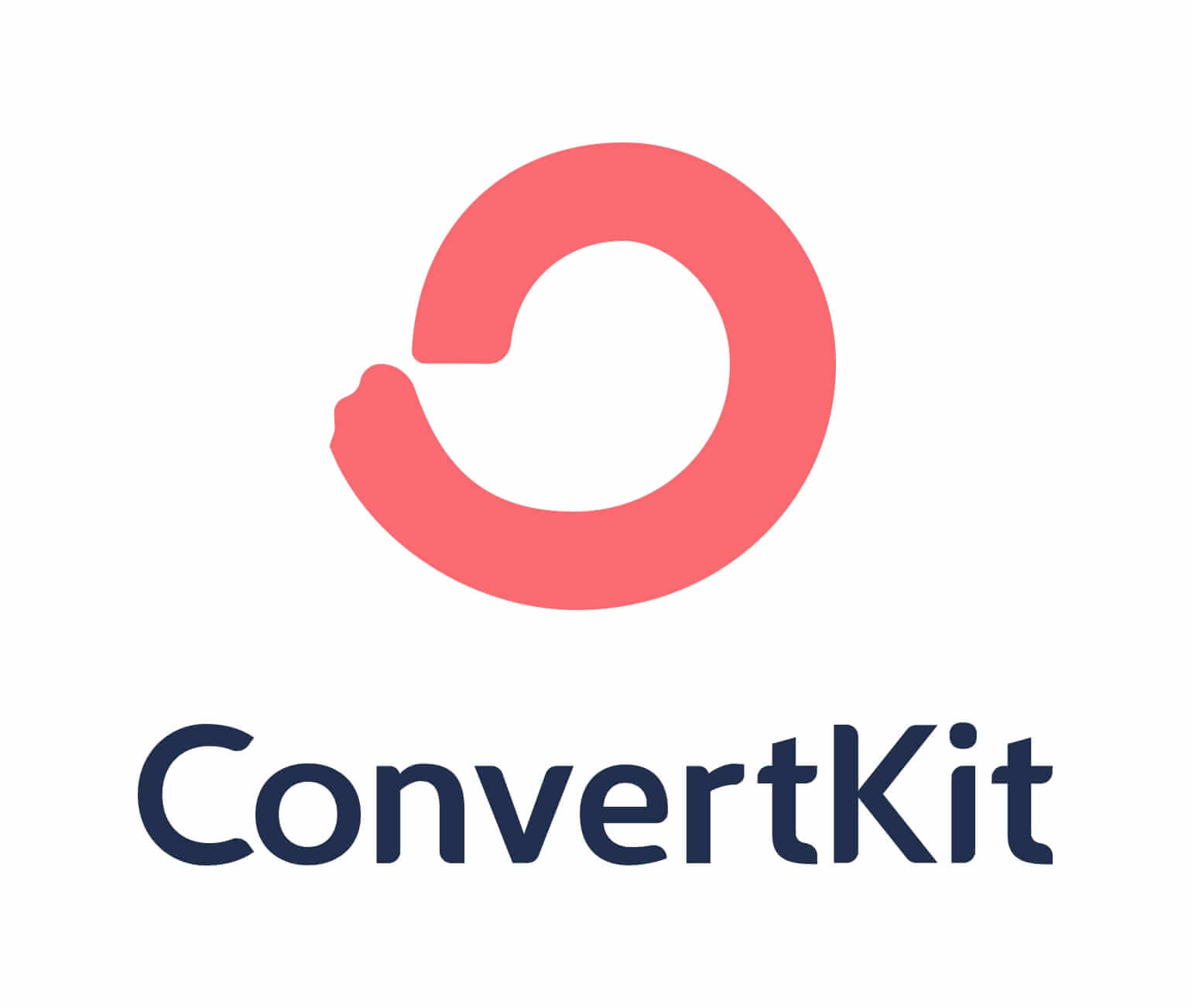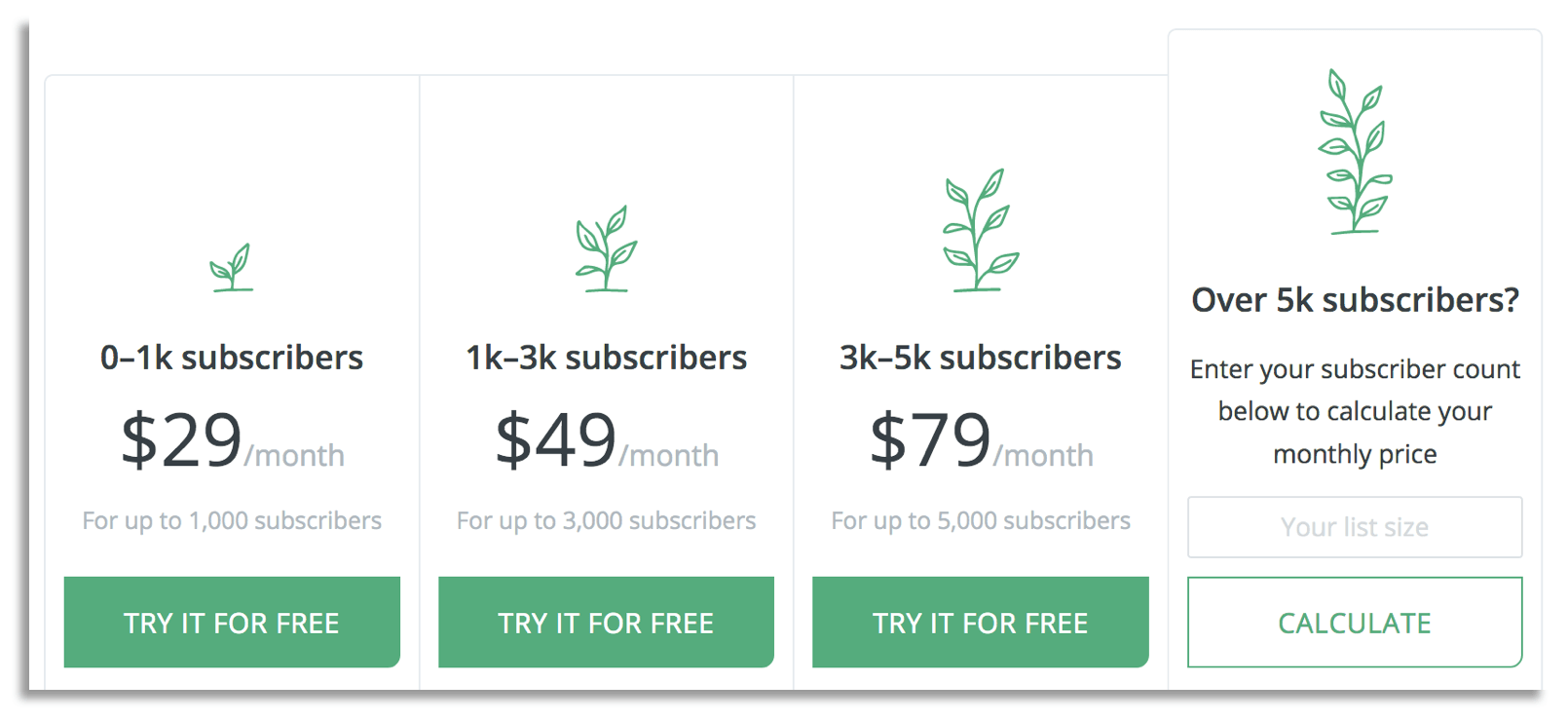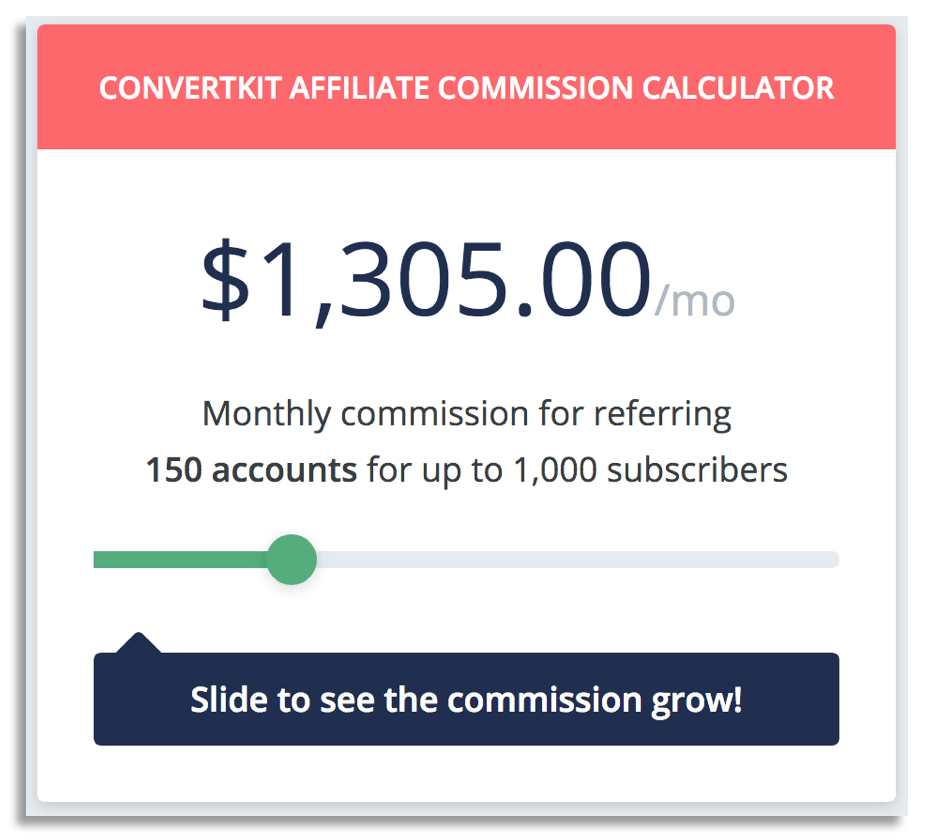Google’s BERT Update: What’s Changing for My Content?

This is a guest post written by Raunak Pandey.
Since the end of October 2019, the term “BERT” designates a new update from Google. On its blog, the undisputed leader of search engines, Google, described this update as “one of the greatest advances in the history of search”. Currently, one in 10 requests made in English in the United States is affected by this change in algorithm.
Since the BERT update, many crazy stories circulate on the net about its effects. But what is the real effect of BERT on search engine rankings? And what should website managers and operators do to optimize their content?
Here we have collected the most important information on the subject.
What does the BERT update mean?
BERT, Bidirectional Encoder Representations from Transformers, is the method used by Google for natural language processing. Simply put, BERT is an application of artificial intelligence. It is about teaching computers to understand and properly process information from natural language.
Long live the context
With this technology, Google can now better understand queries. BERT, in particular, allows the search engine to better understand the meaning of certain words by relating them to contextual terms and keywords. This applies, for example, to prepositions in requests. Thanks to BERT, Google now recognizes even better the exact context, even for the most complex queries, instead of just looking at individual words. The results obtained are therefore more targeted.
With this change in algorithm, Google is arming itself, among other things, to deal with the growing number of voice search requests. No question that they are growing. Market research company ComScore predicted that in 2020, at least half of all queries would be voice searches. Voice search differs from text search. Voice searches are often done in natural language, for example in the form of ‘Q’ questions or whole sentences. In addition, voice searches are generally much longer than conventional text searches.
The algorithm change was implemented during the week of October 21, 2019. A timetable for international deployment is still pending. According to Google, the BERT algorithm is already partially used in certain European countries, such as Germany or France.
Which search queries are affected by the BERT update?
BERT concerns above all the long-tail queries, the most complex, that is to say, queries consisting of several keywords. Concretely, it is above all a question of better evaluating the prepositions. Some SEO expert, explains: “Google, how much does a flight from Berlin to Rome cost? The search engine will be able to answer these questions better in the future, because understanding the words “from” and “to” will clearly show that it is precisely the direction of the flight that is at stake. In the past, such an understanding request was not possible.”
What are the consequences of the BERT update on SEO?
Many people wonder what are the consequences of BERT on SEO and how they can take into account the update to improve their website. The impact of the update had already been discussed in advance in various articles.
There has been particularly frequent discussion about how website operators should optimize their pages for long-tail queries, following the introduction of BERT.
Downgrades due to BERT? Unlikely!
Uncertainty about the update became even greater when an editor of the famous New York Times reported ranking losses on Twitter soon after the launch of BERT in the United States.
But according to John Mueller, an analyst at Google and webmaster of Google Trends, it is extremely unlikely that BERT is involved. Instead, Google said it made some basic updates soon after, which could be the reason for the new ranking. The expert recommends focusing on high-quality content rather than the technical aspects – and ignoring BERT in the optimization strategy.
Raunak Pandey, the co-founder of Maiden Stride, says, “BERT has no influence on the best possible strategies that have been recommended for years regarding Google. The update should have a rather weak impact on the visibility indices, but a positive impact on the qualified traffic.”
Some SEO experts said: “This update has nothing to do with indexing and understanding content – it should advance the interpretation of search queries. This is why you cannot immediately implement optimization measures.”
One thing is certain: with BERT, Google can better understand user queries and obtain more relevant results. With the update, the machine connects the user’s intention better than before with the content that is already available on the websites.
According to the unanimous opinion of experts, it is not really possible to optimize for BERT. Instead, the usual optimization methods continue to pay off. They focus on high-quality content. It is particularly important that this content is adapted to the expectations of the user.
Let’s clear up some of the myths circulating about BERT.
How to design good content with BERT in mind?
Danny Sullivan, an American Google employee, wrote on Twitter: “There is nothing to optimize with BERT and nothing to rethink for anyone. Our desire to reward qualitative content remains unchanged. This point is confirmed by other experts: “The emphasis should continue to be on high-quality texts. ”
To prepare for BERT, it suffices to remember the main characteristics of high-quality texts – and to pay attention to them. For example:
- interesting and unique content
- comprehensive treatment of the subject
- the use of simple and unambiguous formulations
- good structure
- good formatting
- of a correct language
Easily understandable information should also be an advantage with regard to BERT. In this context, you should not hesitate to consult the Google FAQ.
Website operators and SEO specialists, therefore, need not fear negative effects from BERT. At least, if they continue to focus on good content that takes into account the expectations of the user. Before planning your content, you should pay attention to the ‘Q’ questions and answer them as best as you can – whether on the website, in the blog or in the FAQ.
Natural language remains complex
The complexity of human language remains a challenge, even for search engines. But with BERT, Google has taken a big step in the right direction, with smart assistants like Alexa or the Apple Home Pod. The user can now rely on research formulated in natural language.
What are your thoughts on BERT?

Author Bio:
Raunak is a Mechanical Engineer by qualification & Marketer by passion. He is the co-founder of Maiden Stride, a leading digital marketing company that provides world-class search engine marketing services and website & application development.



















 Nick is a digital strategist with over twelve years’ experience in planning and executing marketing plans for B2C/B2B brands. Currently, he’s the Marketing Manager for
Nick is a digital strategist with over twelve years’ experience in planning and executing marketing plans for B2C/B2B brands. Currently, he’s the Marketing Manager for 





